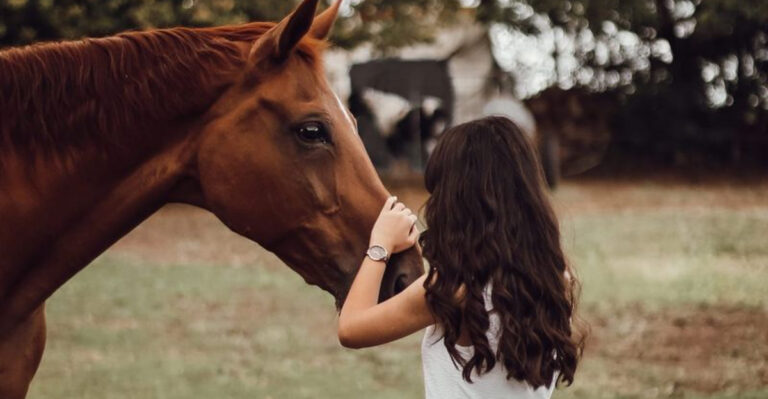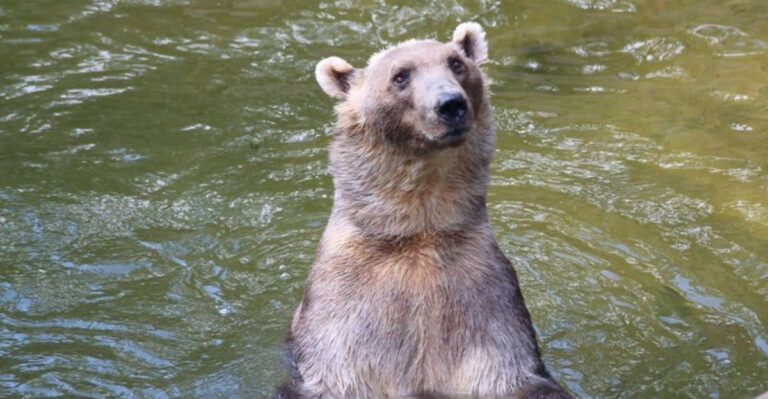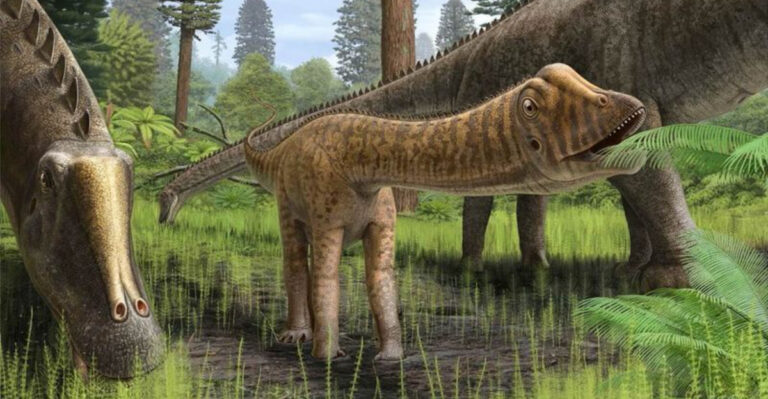12 Things To Expect When You Encounter A Whitetail Deer
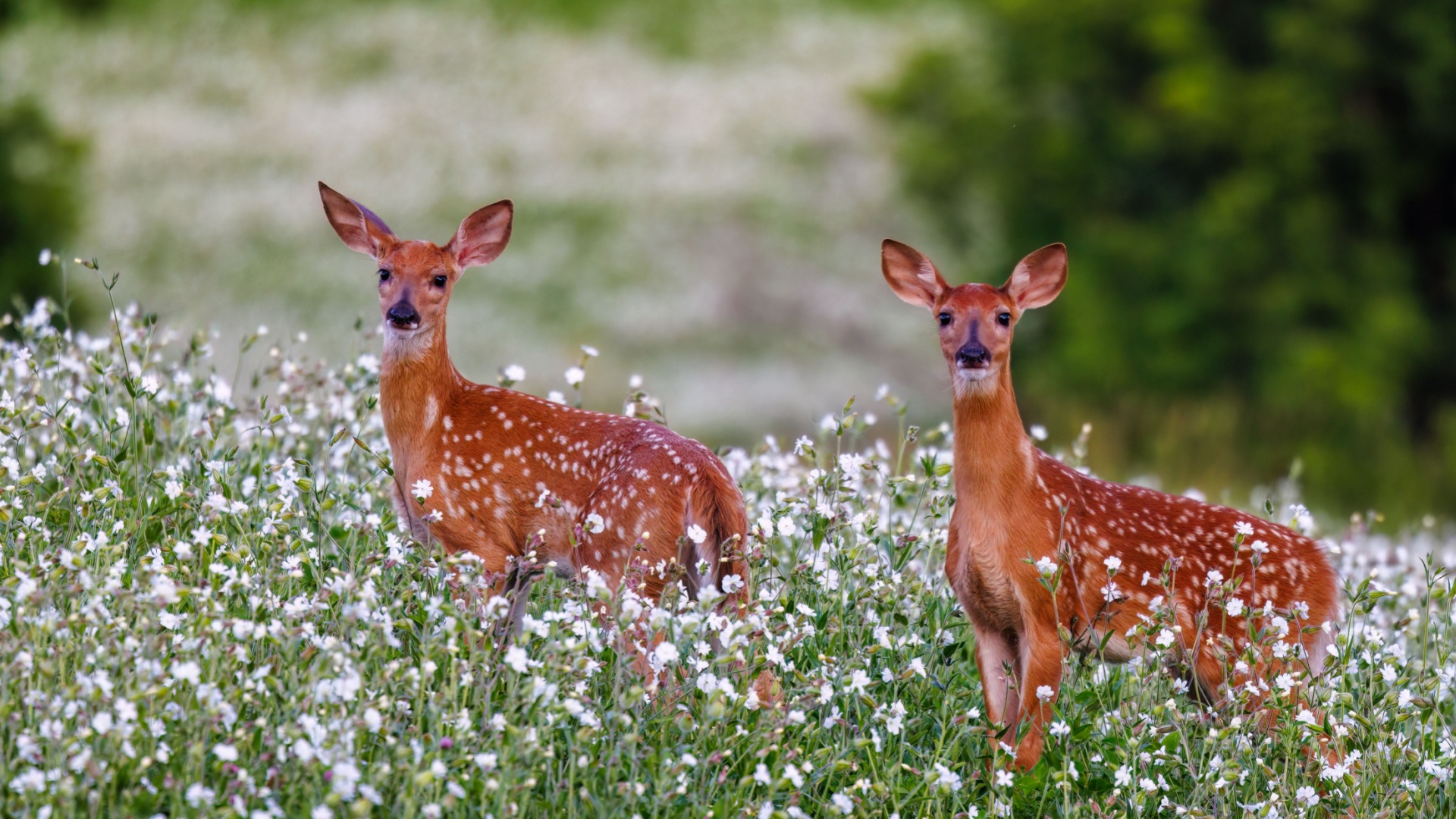
Seeing a whitetail deer is like stepping into a serene painting, yet it can also be an exhilarating experience, full of unexpected moments.
These gentle creatures, known for their grace and alertness, are a common sight in North America’s woodlands. However, each encounter is unique, and being prepared for what might unfold can make for a memorable experience.
Here’s an insightful guide on what to expect when you cross paths with these elegant beings. Observing their behavior and understanding their instincts can help you appreciate these encounters even more.
1. The Iconic Tail Flash
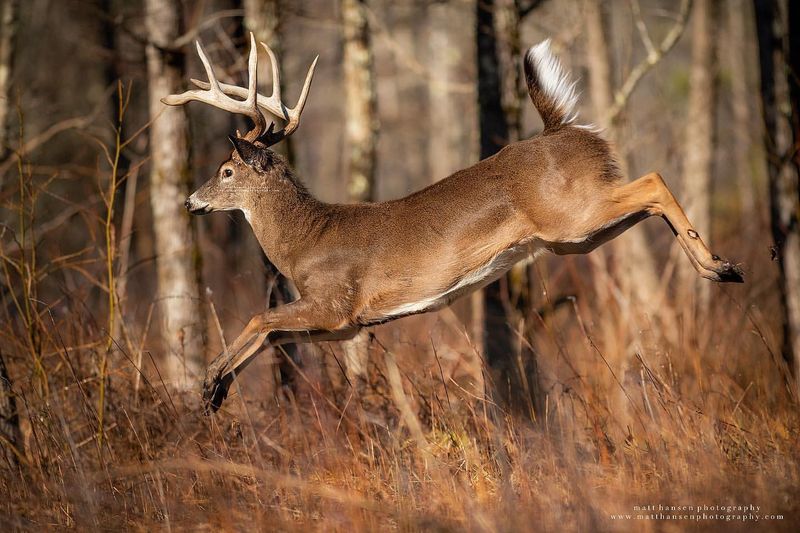
When a whitetail deer feels a hint of danger, its tail acts like a signal flare. With a swift flick, the deer raises its tail, revealing the white underside. This iconic move is a universal deer version of shouting “Look out!” to its fellow deer. This behavior not only signifies alarm but also serves as a warning to other deer in the vicinity.
As a observer, catching this tail flash can be both a captivating and brief spectacle. Watching the tail flash is like witnessing a natural stealth communication system in action. It’s a reminder that deer are always on high alert. Just like an overprotective parent at a playground, the whitetail deer uses its tail to ensure the safety of its herd.
This momentary display can also serve as a cue for you to remain still and respectful, allowing the deer to continue its peaceful journey. Next time you’re in the woods and spot that flash of white, remember, it’s the deer’s way of keeping the forest’s peace intact, one flick at a time.
2. The Frozen Statue Act
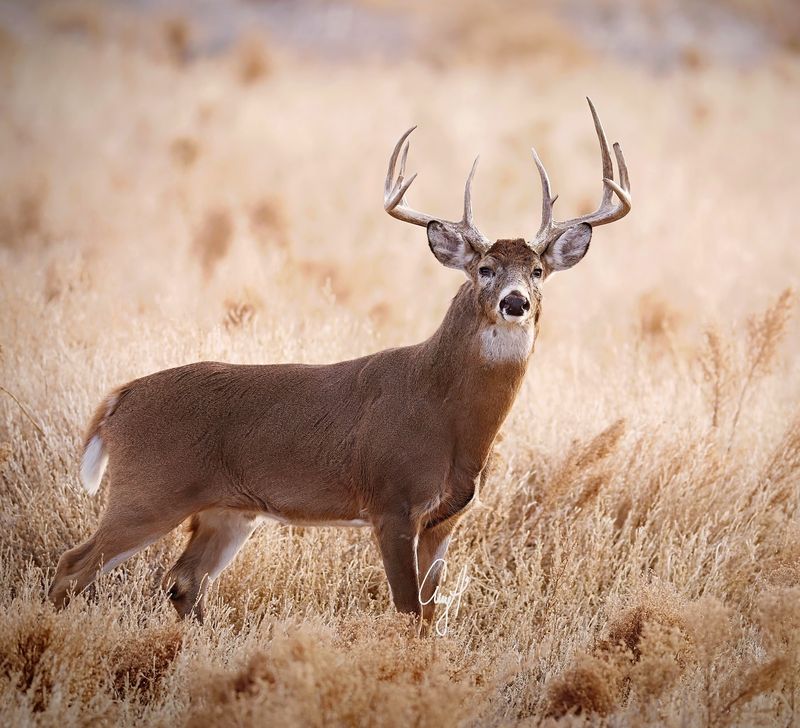
When sensing something unusual, these deer can freeze in place, turning into a seamless part of the landscape. It’s like a nature-inspired game of freeze tag, where the deer always outsmarts the opponent. This behavior allows the deer to blend effortlessly into its surroundings, minimizing its presence to potential predators.
This stillness is so complete that you might question if you’re seeing things. The deer’s ability to remain motionless amid rustling leaves and gentle breezes is a true testament to its survival skills. It’s a little like spotting a hidden gem in an art gallery – once you see it, you can’t unsee it.
However, this isn’t just a static performance; it’s a crucial survival tactic, honed over thousands of years. Appreciate these moments of quietude. In a world constantly in motion, the deer’s pause reminds us of the power of stillness.
3. The Graceful Bound
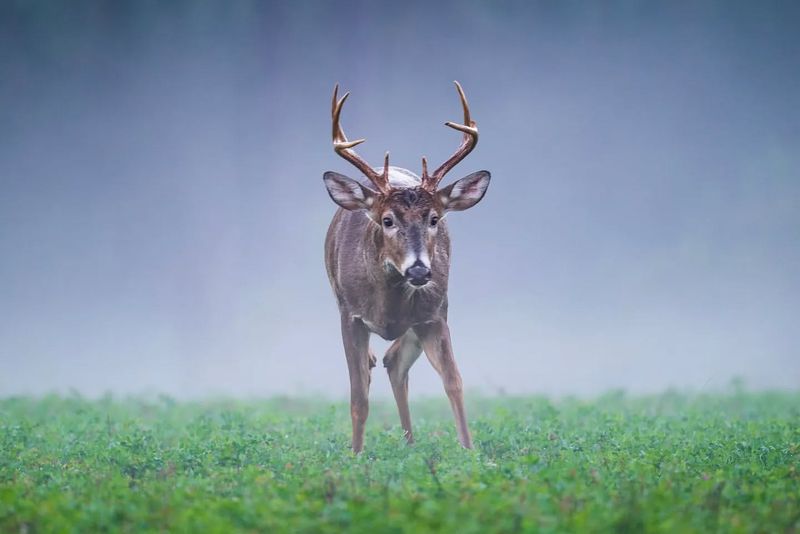
When startled, these deer can leap with astonishing agility, covering significant ground in a single bound. It’s like watching a nature documentary unfold in real-time, with the deer starring as the main attraction. This impressive display of athleticism is both a survival mechanism and a mesmerizing ballet of nature. Each leap seems to defy gravity, echoing an elegance that only the wild can perfect.
The deer’s powerful legs propel it effortlessly over obstacles, making it seem that the forest is merely a stage for its performance. These leaps are not just for show; they are the deer’s way of navigating through dense forests swiftly and safely. As you witness this sight, take a moment to marvel at the seamless blend of power and grace.
It’s a living demonstration that even in the animal kingdom, elegance and strength can coexist beautifully. The whitetail deer’s leap is a reminder of the wild’s untamed beauty, urging us to cherish these fleeting moments.
4. The Intriguing Head Bob
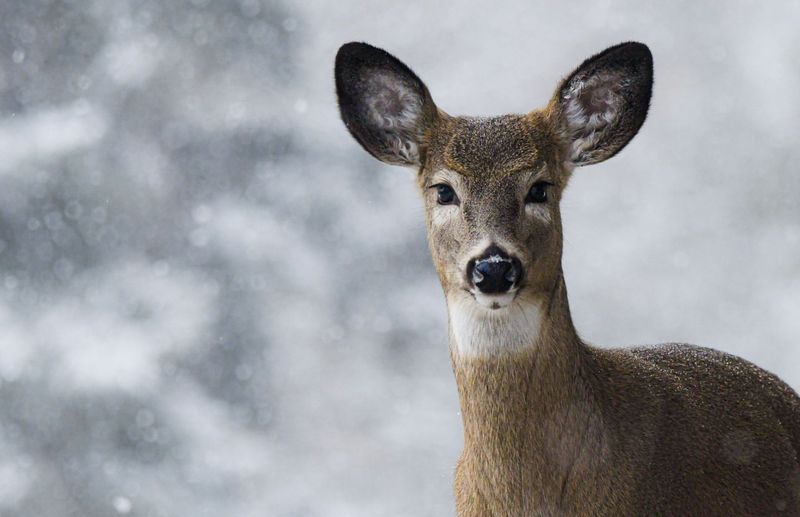
This quirky behavior is often employed when the deer is trying to get a better look at something puzzling. It’s as if the deer are conducting their own little investigation, ensuring there’s no threat lurking nearby. This inquisitive head-bob can be both endearing and humorous to witness.
The back-and-forth motion helps the deer gauge distance and assess whether a still object might suddenly spring to life. This technique is an integral part of their survival toolkit, allowing them to evaluate their surroundings with a touch of skepticism.
Seeing this behavior in action is like watching a detective at work in the forest, piecing together the clues of the wild. It’s a gentle reminder that curiosity is a natural instinct, shared across species. So next time you spot a deer mid-bob, give it a nod back for its clever detective work.
5. The Eerie Silence
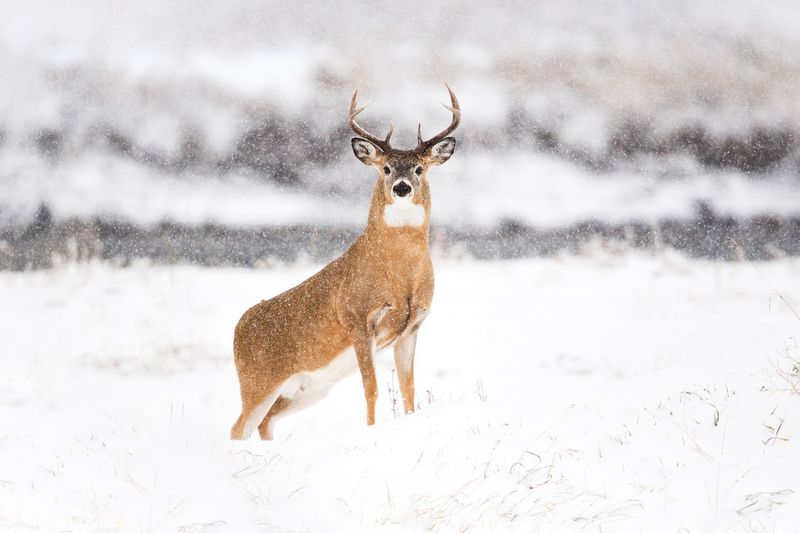
Encountering a whitetail deer often brings with it an eerie silence, as if the forest itself is holding its breath. This quietude is not just the absence of sound but a natural pause that draws you into the deer’s world. It’s like entering a cathedral, where the silence speaks volumes. The deer, masters of stealth, move without a whisper, blending into their environment seamlessly.
This silence, however, is not empty. It is filled with the presence of nature’s subtle symphony – the rustle of leaves, the whisper of the wind, and the heartbeat of the forest. It is a silence that invites reflection, a rare moment in our bustling lives where time seems to stand still.
As you find yourself wrapped in this tranquil hush, you realize that silence, in its purest form, can be more powerful than noise. The deer’s quiet presence serves as a reminder that sometimes, the loudest voice is the one that doesn’t shout.
6. The Curious Stare
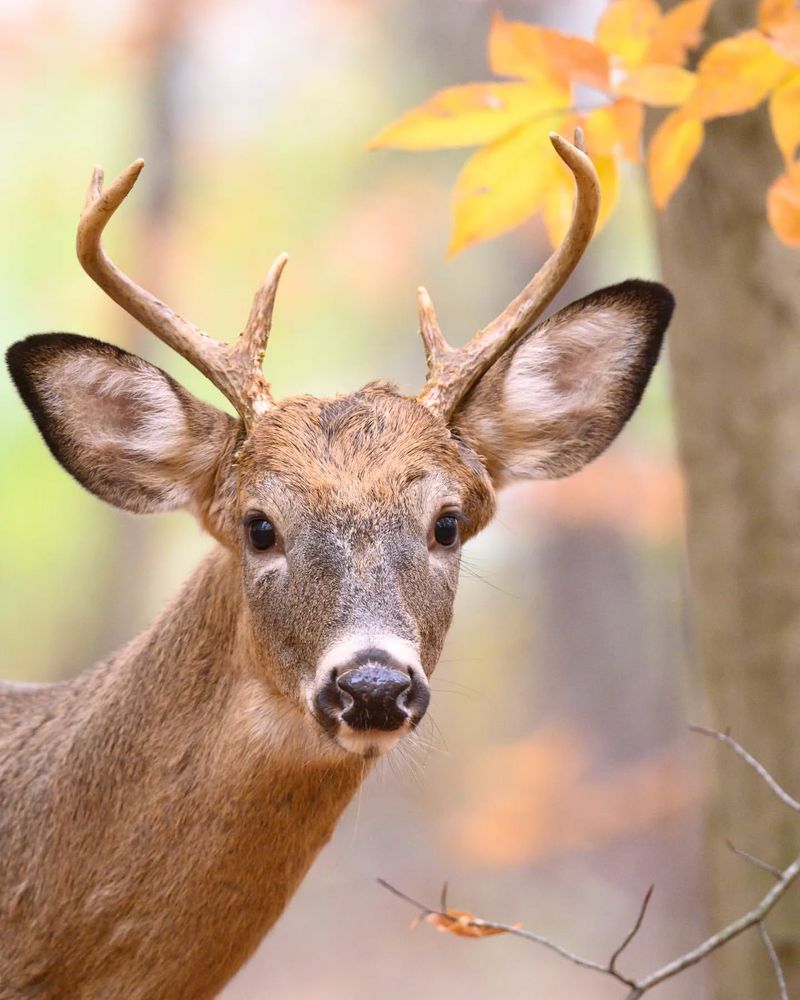
Locking eyes with a whitetail deer can be a profoundly enchanting experience. This prolonged gaze is more than just a fleeting glance; it’s a moment where two worlds intersect, the wild and the human. The deer’s large, expressive eyes seem to capture everything, reflecting a mix of caution and curiosity.
It’s a reminder that, in the animal kingdom, eyes are not just for seeing; they’re windows to understanding. This direct eye contact can make you feel both seen and unseen, as the deer assesses whether you are friend or foe. It’s these moments of shared curiosity that bridge the gap between species.
As you stand there, caught in the deer’s gaze, you might find yourself pondering the mysteries of the natural world. This simple, unspoken exchange is nature’s way of connecting us, urging us to respect and protect our fellow inhabitants of the earth.
7. The Sudden Flight
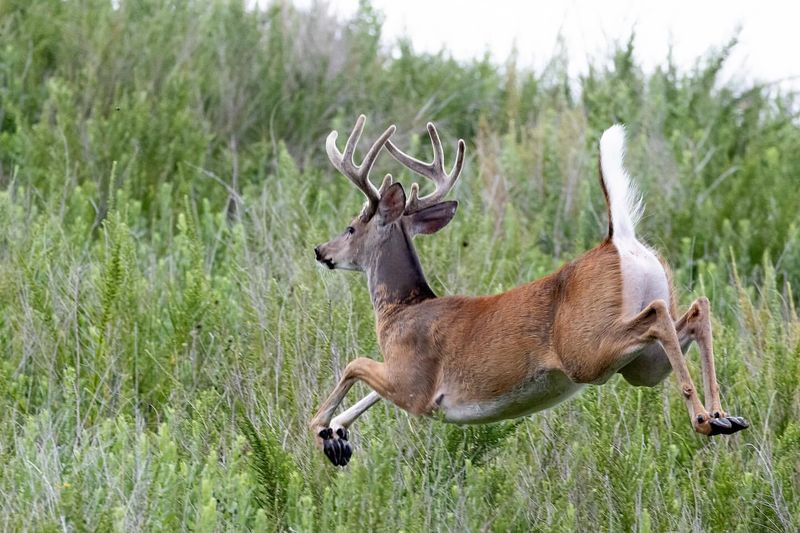
One moment, a whitetail deer is standing still, and the next, it’s off like a bolt of lightning. This sudden flight is one of nature’s most thrilling spectacles, a burst of speed that leaves you marveling at their agility. The deer’s ability to shift from stillness to a full sprint is as surprising as it is impressive.
This rapid escape is a vital survival tactic, allowing deer to evade predators within seconds. It’s like watching a perfectly choreographed dance, with the deer as the star performer. Their powerful legs propel them gracefully over the terrain, a sonic boom in the silence of the woods.
Witnessing this flight reminds us of the raw, untamed energy that lies within nature. It serves as a reminder of the deer’s resilience and adaptability, qualities that have helped them thrive for centuries.
This sudden departure is both a thrilling sight and a testament to the enduring spirit of the wild, encouraging us to appreciate the fleeting beauty of these moments.
8. The Gentle Grazers
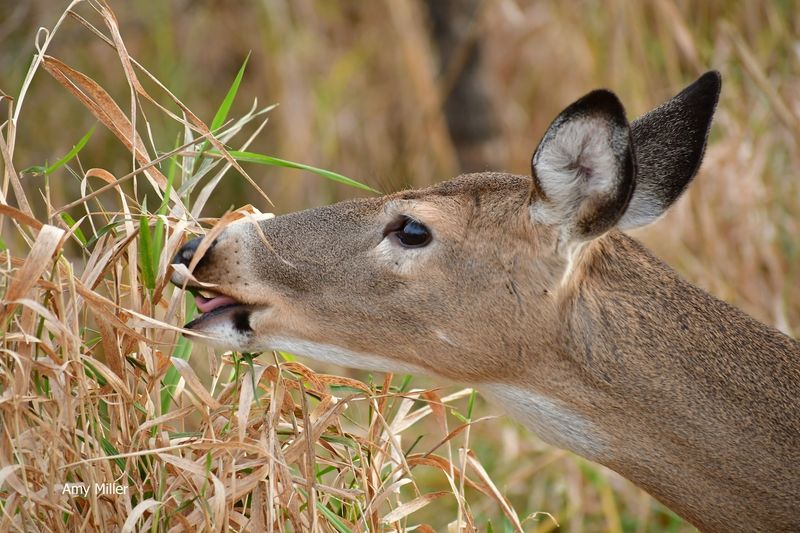
Whitetail deer are often spotted as gentle grazers, nibbling on leaves and grasses with a serene grace. Watching them feed is akin to observing a peaceful picnic in nature, where every bite seems savored. This behavior is a crucial part of their daily life, providing the fuel needed for their active lifestyles.
Grazing is a communal activity, often performed in groups, which fosters social bonds among the herd. It’s like a family dinner in the wild, where everyone partakes in the bounty of the earth. This calm and collective feeding ritual is a delightful spectacle, highlighting the deer’s harmonious relationship with their environment.
As you watch these gentle creatures graze, consider the balance they maintain within the ecosystem. Their grazing habits promote plant growth and contribute to the health of their habitat.
9. The Alert Ears
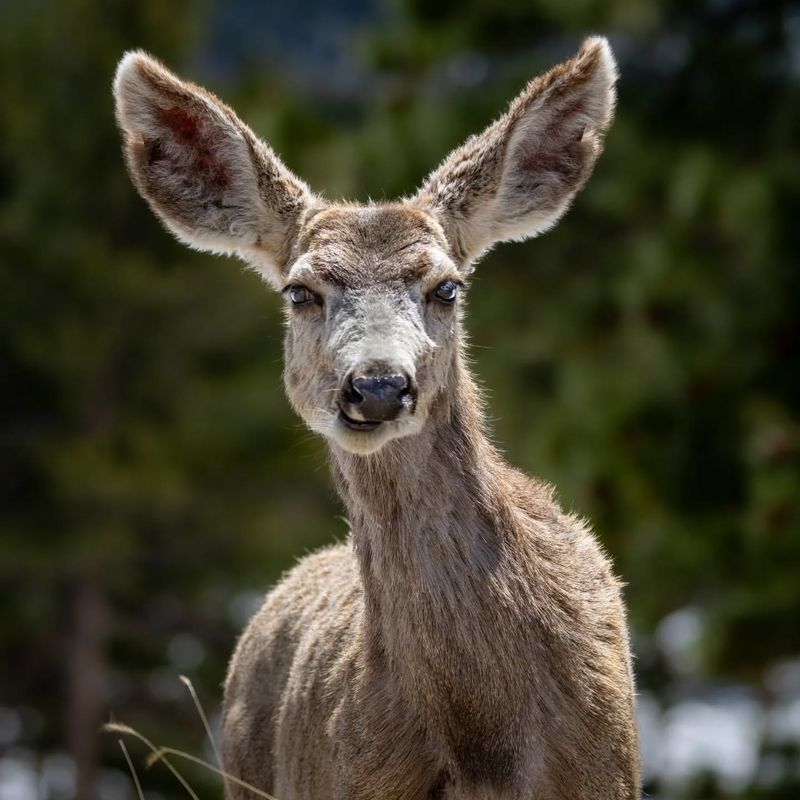
A whitetail deer’s ears are like nature’s radar, constantly scanning the environment for sounds. These large, sensitive ears are always on alert, twitching at the slightest noise. It’s as if they’re tuned into a secret forest radio station, picking up signals humans can only dream of hearing.
This acute sense of hearing is a critical survival tool for the deer, helping them detect predators long before they’re visible. Watching a deer’s ears in action is like observing a symphony conductor, guiding the rhythm of the forest.
It’s a display of natural vigilance and awareness. As you watch these alert ears at work, you gain a deeper appreciation for the complexities of the animal kingdom. It’s a reminder of the incredible adaptations that allow wildlife to thrive in their natural habitats.
So next time you see a deer’s ears twitch, imagine the hidden world of sounds they’re navigating, and how it keeps them one step ahead.
10. The Gentle Snort
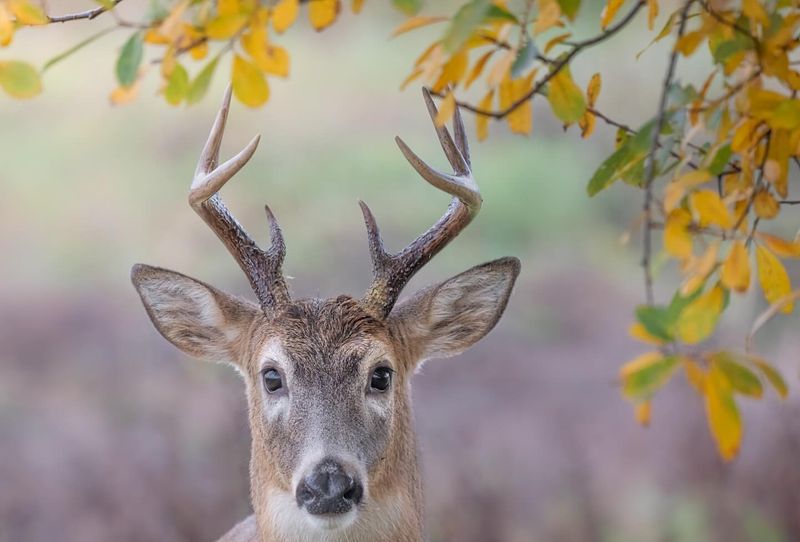
This gentle exhale serves as both a warning and a communication tool among deer. This sound can startle you if you’re not expecting it, but it’s a fascinating insight into deer communication. The snort is often followed by the iconic tail flash, creating a ripple effect of awareness among the group.
It’s akin to pressing a universal alarm button that only the deer can hear. Understanding this behavior adds another layer to appreciating these creatures. It highlights how deer rely on vocal cues to maintain the safety and cohesion of the herd.
The snort is a small, yet significant part of their survival strategy, reminding us of the complex social structures within the animal kingdom.
11. The Tender Fawn
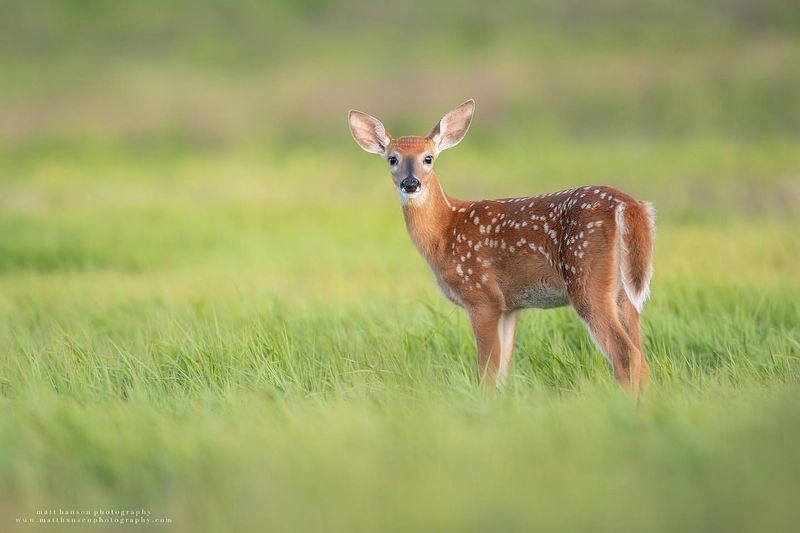
Encountering a tender fawn is like finding a treasure amidst the foliage. These young whitetail deer are the embodiment of innocence and curiosity. With their delicate spots and wide eyes, they capture the heart of anyone lucky enough to spot them. Fawns spend much of their early life hidden away, relying on their stillness and camouflage to remain undetected.
Observing a fawn is like watching nature’s nursery, where every movement is cautious and every glance is full of wonder. It’s a reminder of the beauty of new beginnings and the delicate balance of life. As you admire these young deer, remember the importance of keeping your distance.
Fawns are often left alone while their mothers graze nearby, and interference can disrupt this natural process. Their presence is a gentle nudge to cherish and protect the vulnerable, ensuring that the cycle of life continues gracefully.
12. The Nighttime Mystery
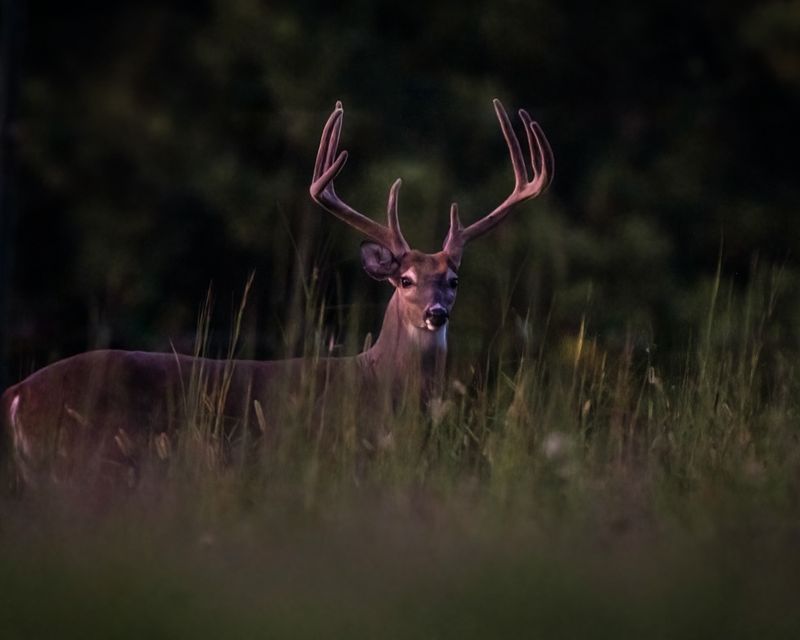
Venturing into the realm of a whitetail deer at night is to enter a world shrouded in mystery. These nocturnal creatures are active under the cover of darkness, their movements almost ghost-like. At night, their eyes reflect any available light, creating an eerie yet enchanting glow.
This adaptation helps them navigate the shadowy landscapes with ease, turning the forest into their playground. It’s a reminder of the hidden wonders that unfold while most of the world sleeps. Experiencing this nighttime mystery is an invitation to explore the unseen aspects of nature. It’s a chance to witness the whitetail deer in a setting that’s both familiar and foreign.
As you stand there, under the vast night sky, you’re reminded of the endless possibilities that the natural world holds, waiting to be discovered.


